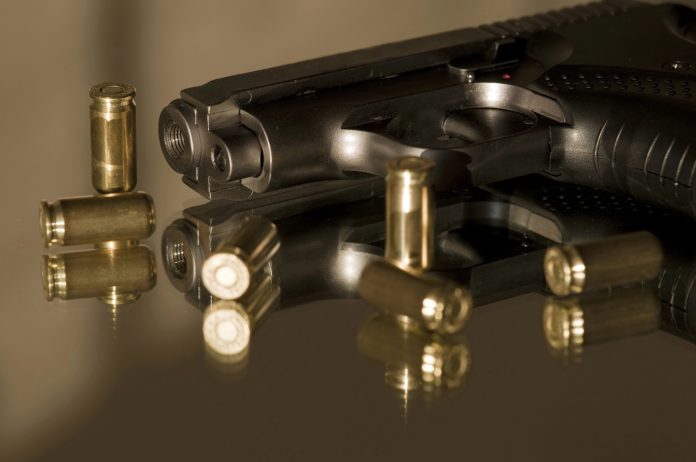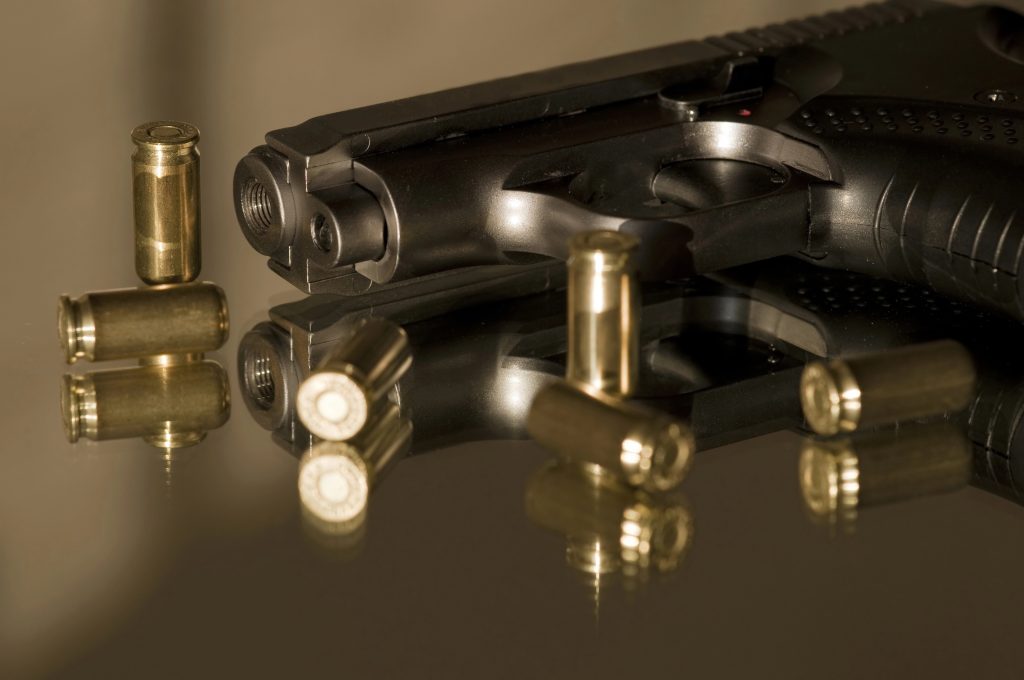
“Gun violence is the top killer of American children not cancer, not car crashes guns,” former Bureau of Alcohol, Tobacco, Firearms and Explosives Director Steven Dettelbach said earlier this year. That grim statistic cannot be separated from a new tech frontier: the rise of 3D-printed firearms, or so-called “ghost guns,” and the rapidly evolving field of forensic ballistics. With technology and law evolving day by day, Second Amendment fanatics and law enthusiast fanatics are in the center of a vicious battle over innovation, regulation, and civil rights.

Recent history has seen the phenomenal rise in the power of at-home production and complexity of legal battles over gun rights. From the corridors of the Supreme Court to makeshift laboratories with low-cost 3D printers, the issues of who has access to guns and how policing keeps evolving remain as urgent as ever. This listicle looks at the most important trends, challenges, and developments defining the state-federal war zone over guns and ballistics science in 2025.
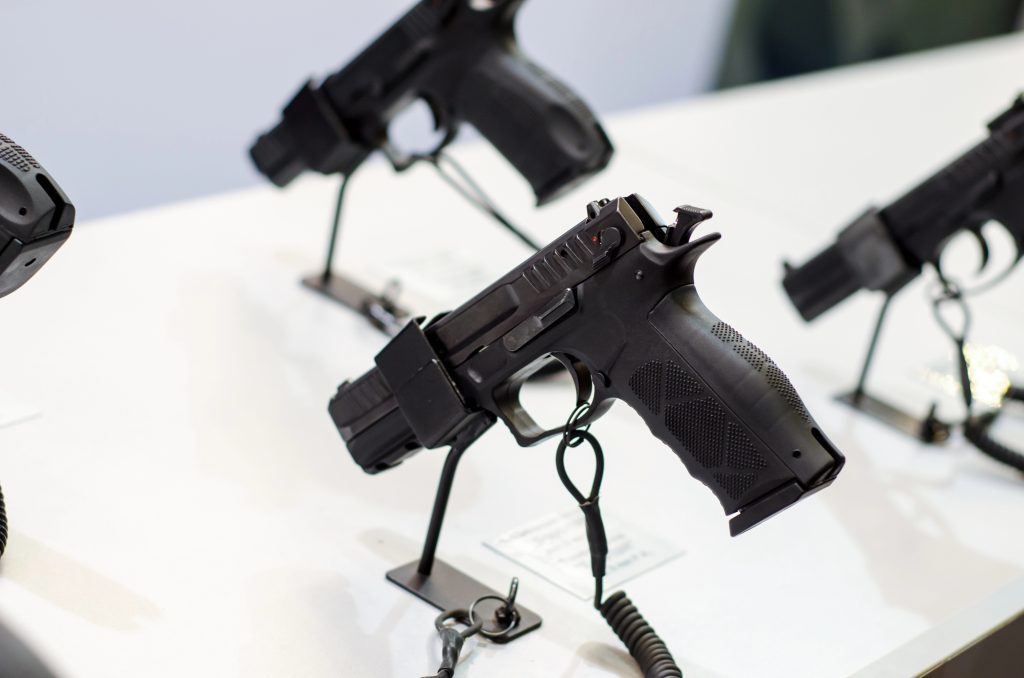
1. The Spread of 3D-Printed Guns: The New Age of Home Manufacturing
The past decade has witnessed an extraordinary change in the possibility of guns being mass-produced. What was an experimental niche with the “Liberator” pistol in 2013 has become a worldwide phenomenon. So far, as of 2023, there are 186 documented cases of 3D-printed guns or gun parts worldwide, with the largest percentage coming from the United States. The appeal is obvious: for just $200 for a consumer printer, buyers are able to fire-gun-print working gun parts without needing to go through the conventional regulatory pathways.
The use extends to hobbyists, though. North American and European bases have been found to contain several printers, computer blueprints, and equipment to produce guns in quantities. The most commonly used designs, including the FGC-9 a gun whose name is a dig at gun control can be easily located online. So popular are such “ghost guns” that they pose both a problem for regulators and a gift for gun rights activists, who see the democratization of production as an expansion of the Second Amendment.

2. Ballistics in the 3D Printing Age: Forensic Science Meets New Challenges
Forensic ballistics, the trusty old workhorse of criminal cases in the past, is being challenged today with the singular problem of 3D-printed guns. Police have used in the past microscopic toolmarks special patterns that are pressed into casings and bullets to connect a gun to a crime. The National Institute of Standards and Technology states those marks are ballistic fingerprints that can connect evidence to a particular gun.
But 3D-printed guns lack factory-grade manufacturing consistency of commercial firearms, which makes the toolmarks less unique and in some cases more difficult to recognize. The introduction of plastic parts and hybrid designs only complicates matters further. It is these reasons why law enforcement agencies are investing in newer tools, such as 3D virtual comparison microscopy, in an attempt to improve them for greater accuracy and reliability. This cat-and-mouse race of technology between firearms technology and forensic science is rewriting the very nature of forensic examination of gun crime.

3. The Legal Maze: State-Federal Conflicts and the Supreme Court’s Wariness
The courts war against guns has long come to a boil, as states such as Missouri pass bills to protect citizens from federal gun control. The Supreme Act of Preservation of the Second Amendment (SAPA) is a case in point, in that it reminds that Missouri officials will not aid in the enforcement of federal gun laws the Supreme Court finds unconstitutional. But federal courts have uniformly rejected such actions under the Supremacy Clause.
In light of 2025, the U.S. Department of Justice, under Attorney General Pam Bondi, filed a brief urging the Supreme Court to deny Missouri’s appeal, arguing that the case “does not warrant the Court’s review.” This stance has frustrated many in the gun rights community, who had anticipated a shift in federal policy. As the Supreme Court keeps dodging significant Second Amendment cases, the uncertainty puts at risk both state legislatures and gun owners.

4. The 3D-Printed Auto Sear: A Small Device, a Giant Threat
Maybe no technology has concerned lawmen more than the 3D-printed machinegun conversion device, or “Glock switch.” For forty cents’ worth of supplies, any 3D printer owner can make a device that converts a semiautomatic pistol into an automatic firearm. The spread of the devices has been sensationalized: in the last five years alone, American law enforcement agencies have confiscated more than 31,000 machinegun conversion devices, many made at home by children.
The danger exists. Mass shootings in Sacramento, Cincinnati, and Alabama all used such devices. Reactions have seen design teams in schools like Dartmouth working with police to create software that identifies and stops the unauthorized printing of gun parts. Such convergence of policy, technology, and design underscores the intricacies of contemporary gun control endeavors.
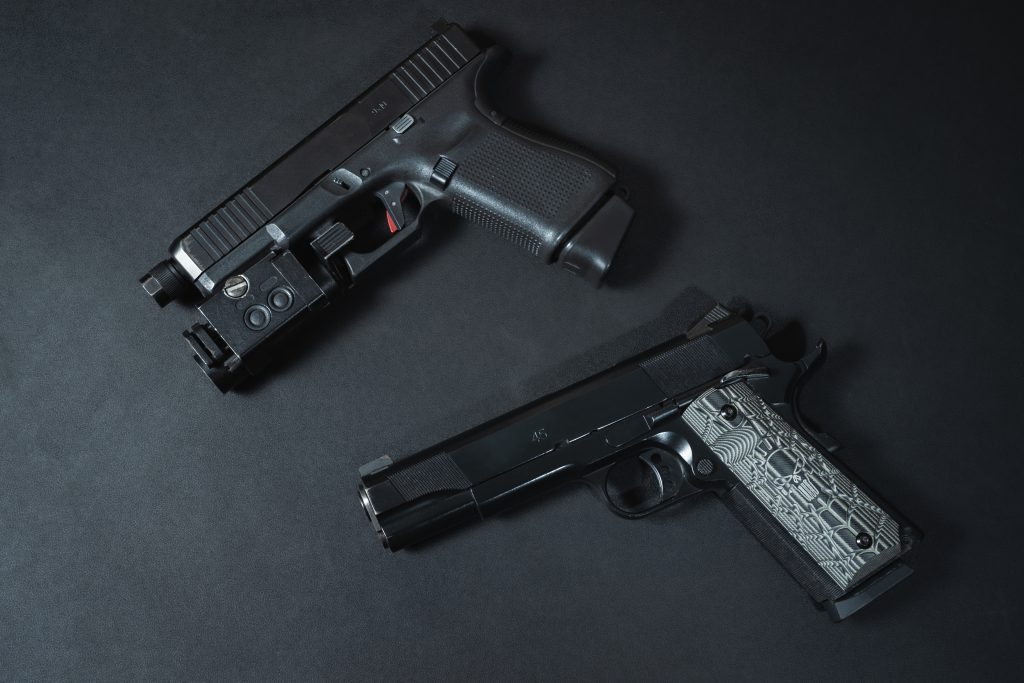
5. Technical and Regulatory Solutions: Can Technology Remain One Step Ahead of Illegal Innovation?
As 3D-printed firearms disrupt classical regulatory paradigms, policymakers and technologists are brainstorming novel solutions. One idea is to include encrypted blueprints in 3D printers such that only legitimate blueprints may be printed. Others support centralized gun blueprint databases, similar to anti-virus software that gets upgraded regularly to block illegal files.
However, as Homeland Security Affairs’ Jon Percy indicates, “Requiring that 3-D printers not be used for nefarious purposes will have little if any effect on how they will be employed by individuals determined to print something prohibited.” The technological ease of such bans is largely incompatible with political imperatives and the decentered nature of the internet. The war between open-source imagination and control has just started.
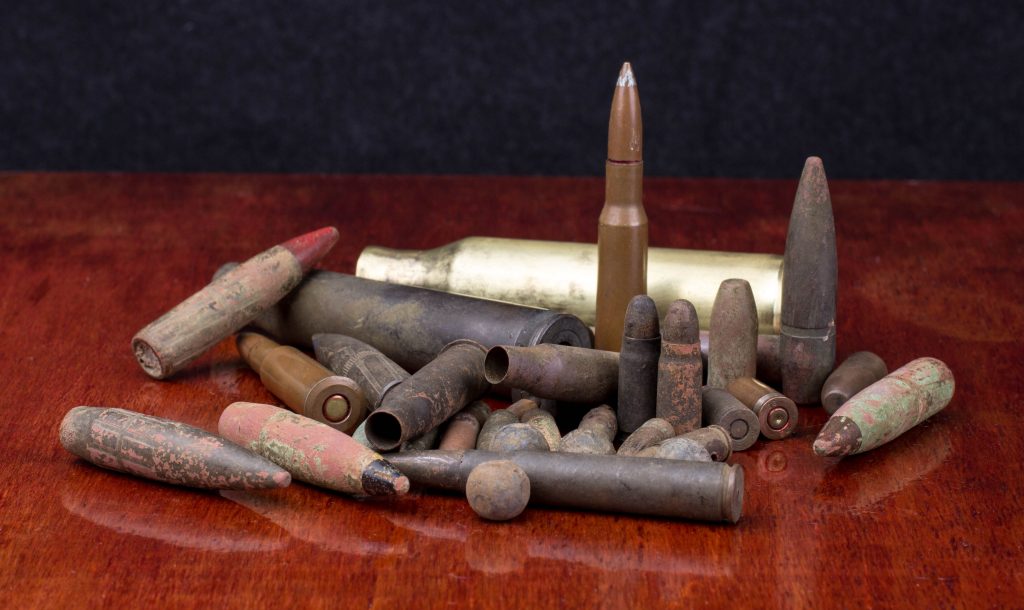
6. The History of Forensic Ballistics: From Comparison Microscopes to 3D Virtual Analysis
Ballistics examiners have employed comparison microscopes in order to identify bullets and casings in relation to specific firearms for over a century. But a more recent criticism by the National Academy of Sciences and the President’s Council of Advisors on Science and Technology has questioned the need for more robust, statistically rigorous approaches.

The transition to virtual comparison and 3D imaging is transforming the discipline. Bullets and casings can be scanned with high accuracy and sent across borders, enabling blind, remote confirmation and minimizing subjective error. Massive reference databases are paving the way for statistical models that might ultimately provide the same evidentiary certainty as DNA typing. This transition, expensive and complicated as it may be, might make forensic ballistics both more valid and more plausible at trial.
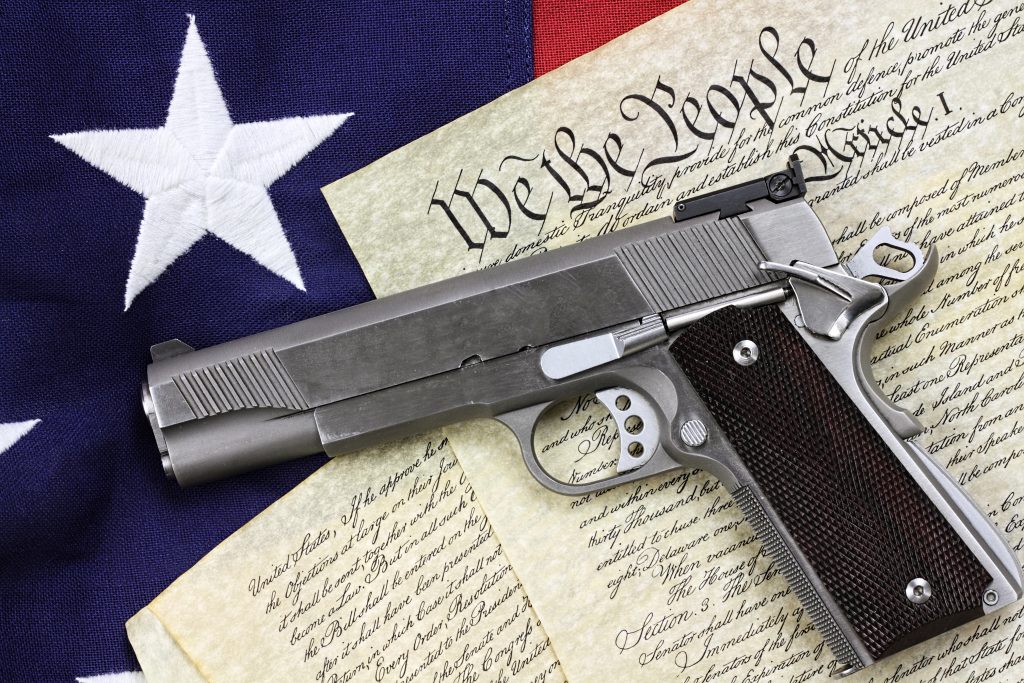
7. The Ongoing Debate: Rights, Safety, and the Future of Firearms
Far beneath these developments is a deeper controversy: how to balance the right to bear and keep arms with public safety amid a time of accelerating technological revolution. Supporters argue that 3D printing puts power in people’s hands and removes power from government, in harmony with the Second Amendment’s original vision. Critics warn that accessible, untraceable weapons undermine law enforcement and jeopardize communities.
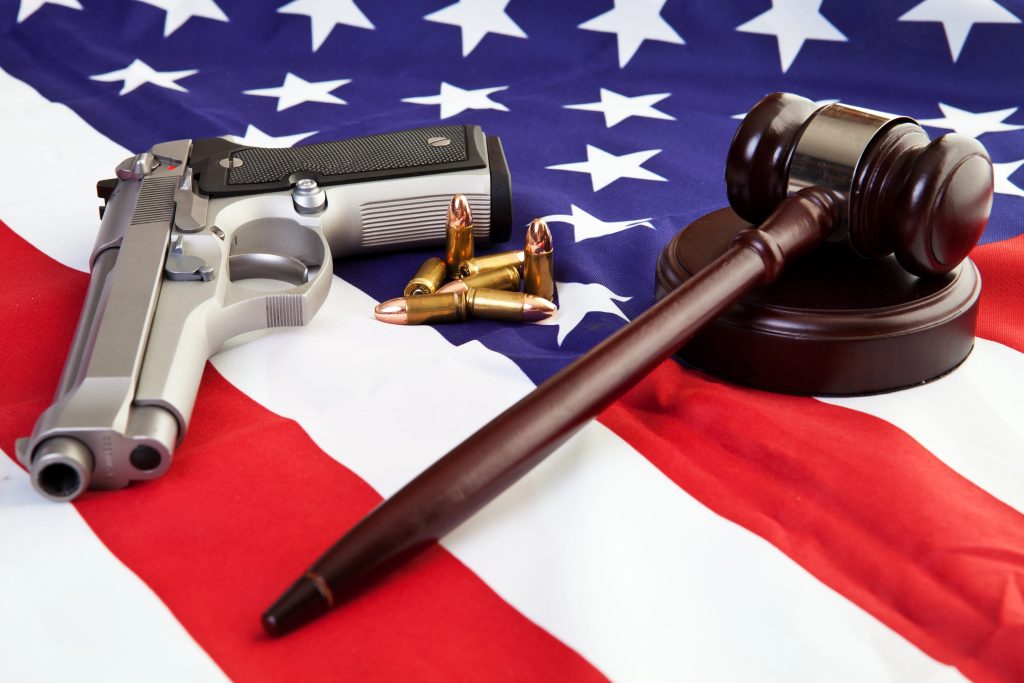
As the legal, technological, and ethical frames of this argument continue to shift, one thing is certain: the war over 3D-printed guns and forensic ballistics is not a policy issue, but a higher-value issue adopted by society. The next chapter will not be written exclusively in courtrooms and labs, but in living rooms, garages, and internet forums where the gun rights and regulation of the future are being drawn.
The intersection of 3D printing, forensic science, and constitutional law is redefining the public safety landscape of America and American gun rights. Whether it appears in the guise of legislational creativity, technological security measures, or novel litigation, the coming years will require an awareness, flexibility, and readiness to confront the hard realities of a changing world. For constitutional lawyers and Second Amendment advocates as well as those who oppose them, understanding these trends is not ivory tower speculation it’s a roadmap for the future of firearms in America.
